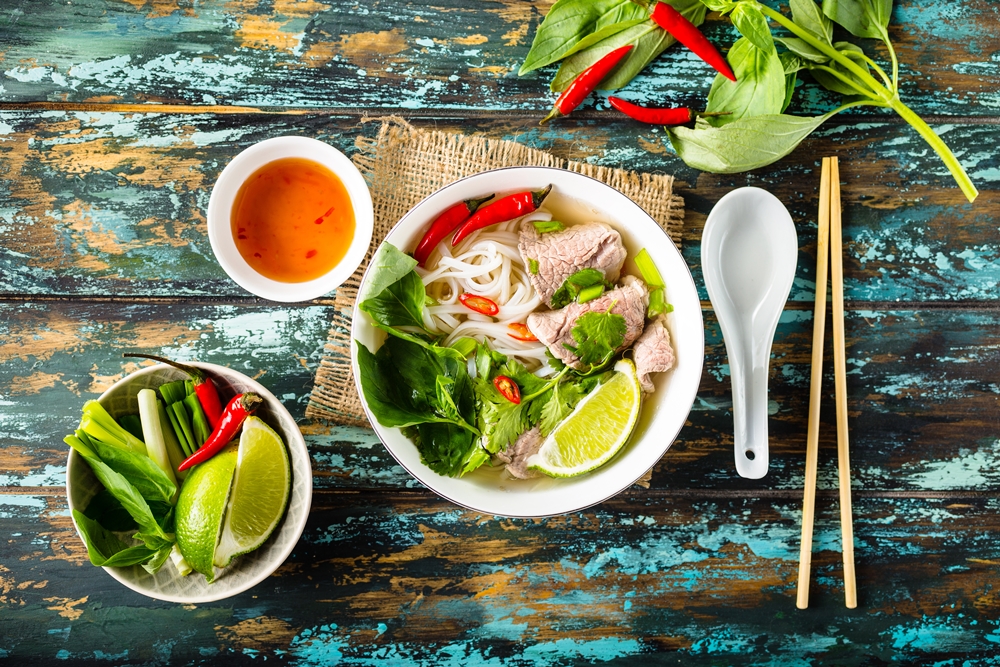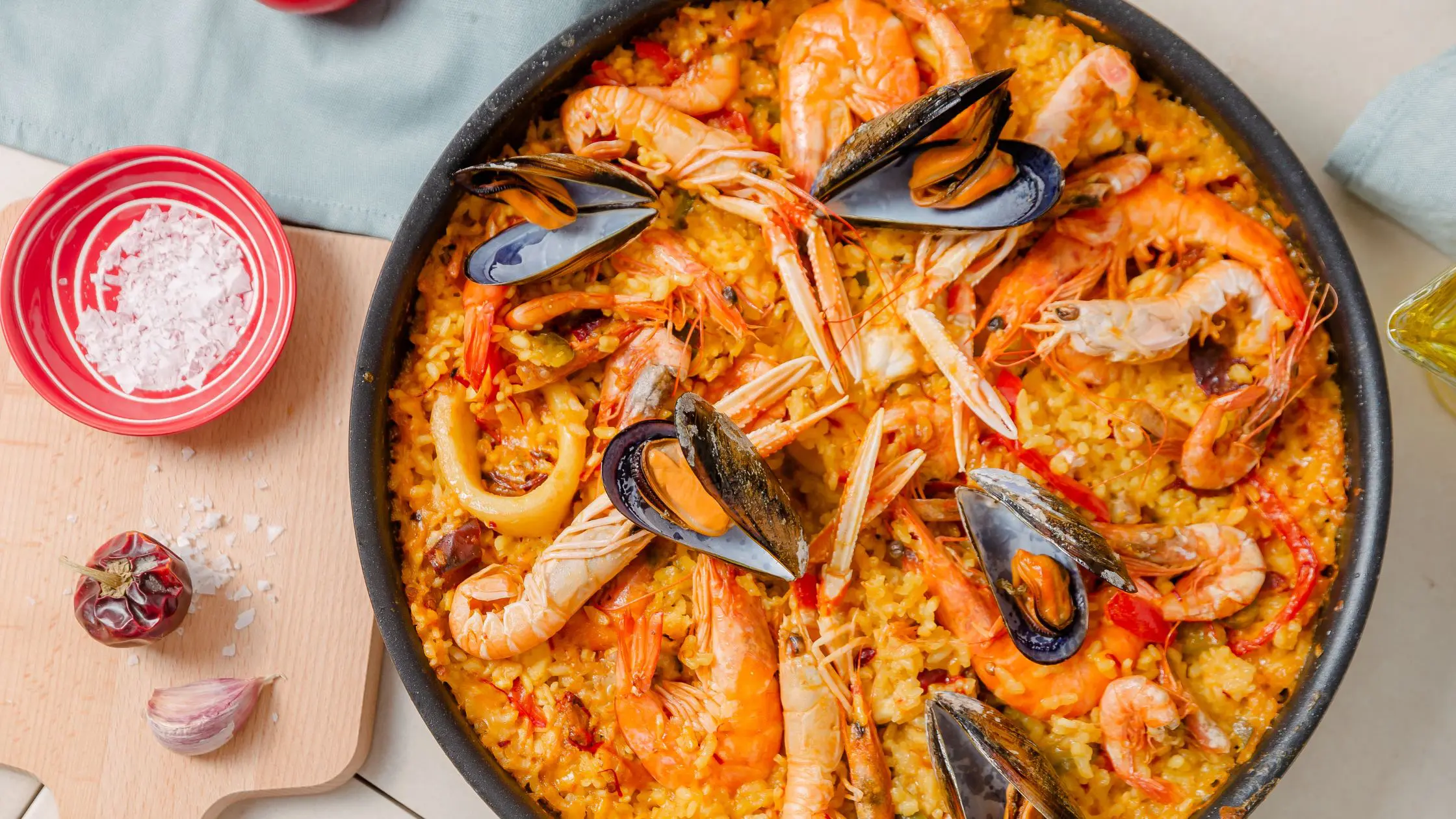
Pho: Vietnam’s Aromatic Noodle Soup
admin
- 0
kfoodfair2015.com – Pho, the quintessential Vietnamese noodle soup, is not just a dish; it’s a cultural icon that embodies the soul of Vietnamese cuisine. Originating from the early 20th century, pho has evolved from a simple street food to a beloved comfort meal enjoyed by millions worldwide. Its rich, aromatic broth, paired with tender meat and fresh herbs, offers a symphony of flavors that is both comforting and invigorating.
The History of Pho
The origins of pho are somewhat murky, with various theories suggesting it was influenced by French cuisine during the colonial period or that it evolved from similar soups in northern Vietnam. Regardless of its beginnings, pho quickly became a staple in Vietnamese culinary culture, with each region developing its own variation.
The Making of Pho
At the heart of pho is its broth, which is simmered for hours with beef bones, ginger, and onions to achieve a rich, flavorful base. The broth is then served over rice noodles and accompanied by thinly sliced beef or chicken, depending on the preference. Garnishes such as fresh herbs (cilantro, Thai basil), bean sprouts, lime wedges, and chilies are provided on the side, allowing diners to customize their bowl according to their taste.
Regional Variations
Pho has two main variations: Pho Bac (Northern style) and Pho Nam (Southern style). Northern pho is known for its clear, light broth and the use of white pepper, while Southern pho features a richer, darker broth with more star anise and cinnamon. The choice of meat and the way it’s prepared also vary, with Southern pho often including well-done brisket and tendon, whereas Northern pho might offer rare beef slices that cook in the hot broth.
Pho’s Global Appeal
Pho’s popularity has transcended Vietnam’s borders, becoming a beloved dish in many countries. Its versatility and the balance of flavors make it a favorite among food enthusiasts worldwide. From bustling streets in Hanoi to the vibrant neighborhoods of Saigon, and even in cities like New York, Paris, and Sydney, pho shops are a common sight, each offering their unique take on this classic dish.
The Cultural Significance
Beyond its delicious taste, pho holds significant cultural value. It represents the resilience and adaptability of Vietnamese culture, blending traditional ingredients with foreign influences to create something uniquely Vietnamese. Pho is also a symbol of community and family, often shared among friends and loved ones, fostering a sense of togetherness and warmth.
Conclusion
Pho is more than just a bowl of noodle soup; it’s a testament to the rich culinary heritage of Vietnam. Its aromatic broth, fresh ingredients, and communal spirit encapsulate the essence of Vietnamese cuisine, making it a dish that transcends borders and touches hearts. Whether enjoyed on a chilly morning in Hanoi or a bustling evening in Ho Chi Minh City, pho remains a cherished part of Vietnam’s cultural identity, inviting the world to savor its unique flavors and warmth.


